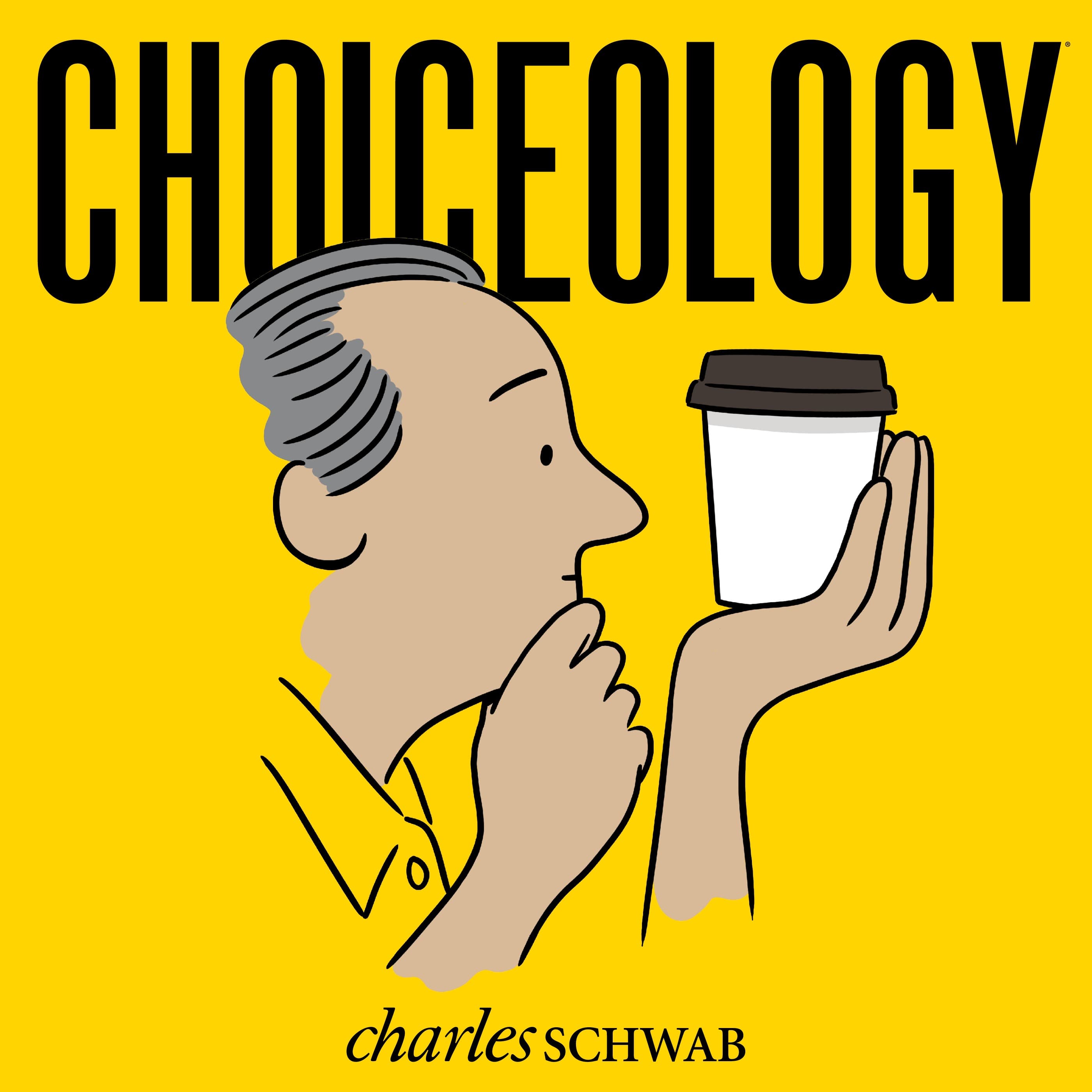A Cup of Knowledge: With Guests A.J. Jacobs & Steven Sloman
Why do ocean waves move the way they do? How does a toaster work? How might ink flow through a ballpoint pen without the help of gravity? You may know the answer to these questions, but explaining them in detail could reveal an unexpected truth.
In this episode of Choiceology with Katy Milkman, we look at why people think they understand things better than they actually do.
The idea started at the dinner table. One of A.J. Jacobs’ kids presented him with a seemingly simple task—thank the people who made his cup of coffee. A.J. took this task to heart and ended up visiting dozens of complex operations around the world, running into surprises at each destination.
A.J. Jacobs is a journalist, lecturer, and human guinea pig. He is the author of Thanks A Thousand: A Gratitude Journey, about his journey to better appreciate coffee.
Next, Katy speaks with Steven Sloman about his research on the illusion of explanatory depth—the idea that people think they have more knowledge than they do because it’s easy to mistake community knowledge for your own.
You can read more in Steven and Philip Fernbach’s book, called The Knowledge Illusion: Why We Never Think Alone.
Steven Sloman is a professor of cognitive, linguistic, and psychological sciences at Brown University.
If you enjoy the show, please leave a rating or review on Apple Podcasts.
Learn more about behavioral finance.
The comments, views, and opinions expressed in the presentation are those of the speakers and do not necessarily represent the views of Charles Schwab.
Data contained herein from third party providers is obtained from what are considered reliable source. However, its accuracy, completeness or reliability cannot be guaranteed and Charles Schwab & Co. expressly disclaims any liability, including incidental or consequential damages, arising from errors or omissions in this publication.
All corporate names and market data shown above are for illustrative purposes only and are not a recommendation, offer to sell, or a solicitation of an offer to buy any security. Supporting documentation for any claims or statistical information is available upon request.
Investing involves risk including loss of principal.
Short selling is an advanced trading strategy involving potentially unlimited risks, and must be done in a margin account. Margin trading increases your level of market risk. For more information please refer to your account agreement and the Margin Risk Disclosure Statement.
The book How to Change: The Science of Getting from Where You Are to Where You Want to Be is not affiliated with, sponsored by, or endorsed by Charles Schwab & Co., Inc. (CS&Co.). Charles Schwab & Co., Inc. (CS&Co.) has not reviewed the book and makes no representations about its content.
Apple, the Apple logo, iPad, and iPhone, Apple Podcasts, are trademarks of Apple Inc., registered in the U.S. and other countries. App Store is a service mark of Apple Inc.
Android is a trademark of Google LLC. Use of this trademark is subject to Google Permissions.
Spotify and the Spotify logo are registered trademarks of Spotify AB.



